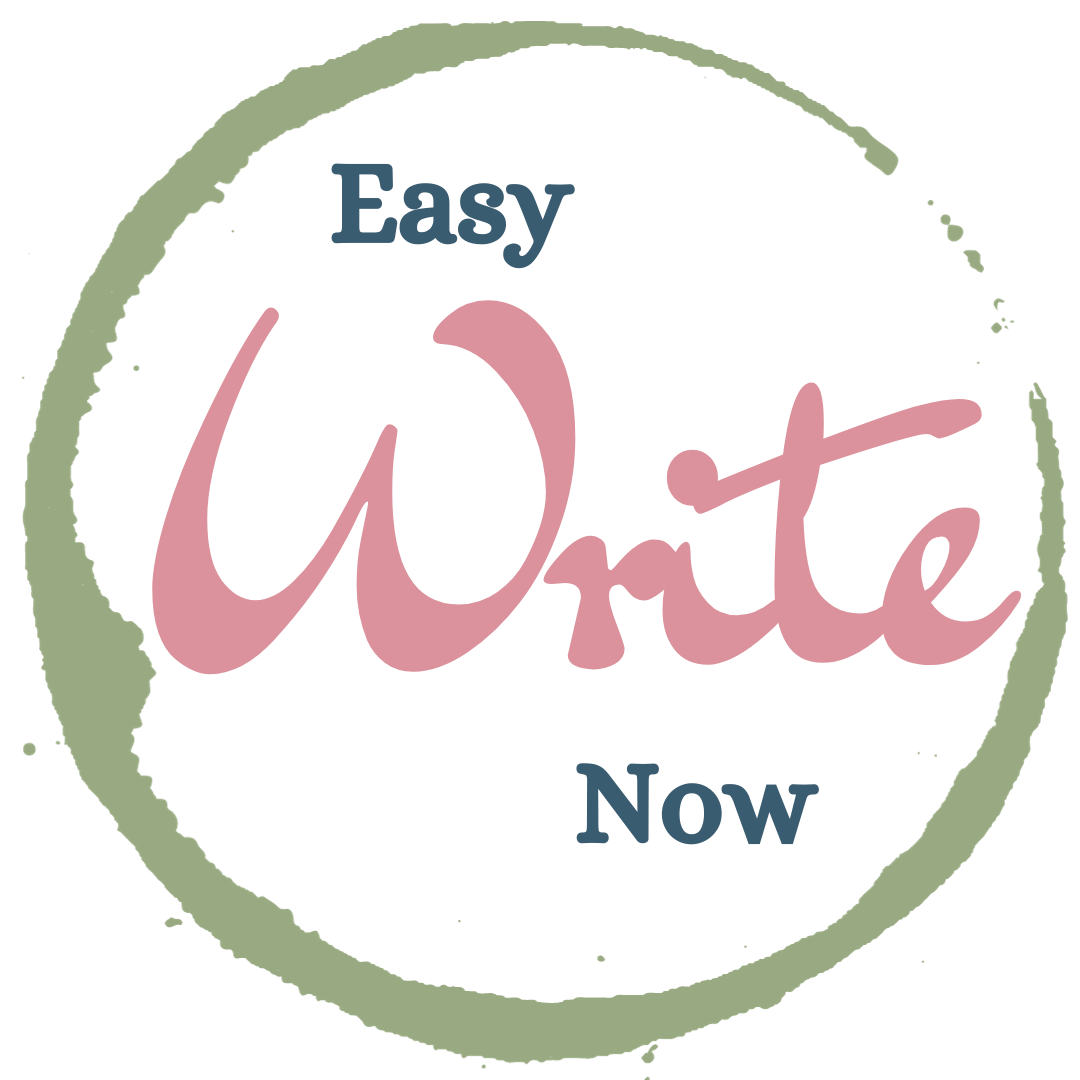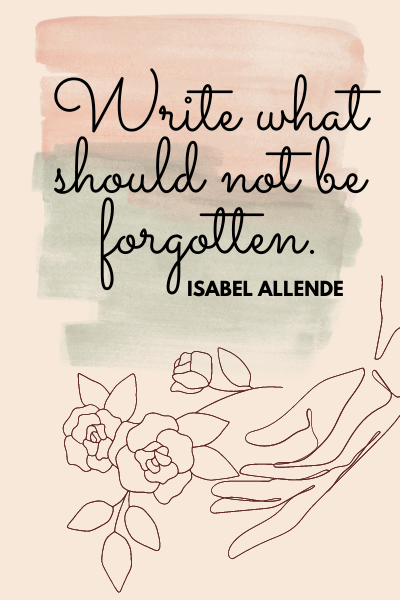Let’s be honest — writing a compelling blog post that actually connects with your audience takes more than a good idea and a caffeine boost. Over the years, I’ve learned that if I want people to read, enjoy, and share what I write, I need to be intentional about every part — from the headline to the final sentence.
Whether you’re just starting out or you’ve been blogging for a while, here are the 7 essential components I always include when crafting a blog post that’s engaging, valuable, and SEO-friendly.
1. A blog title that captures attention and clicks
The headline is your blog’s first impression — both for readers and for search engines. It needs to be clear, engaging, and keyword-rich without sounding robotic.
What makes a title effective?
- It includes your primary keyword naturally
- It creates curiosity or solves a problem
- It stays under 60 characters (so it doesn’t get cut off in Google)
- It gives a clear idea of what the reader will gain
I take my time with titles. Sometimes, I’ll write 5–10 variations before choosing one that feels just right — something that sounds like me and grabs attention.
💡 Example: Instead of “Blogging Tips,” I’d go with “How to Write a Blog Post That People Actually Read.”
2. Strong introduction that hooks the reader
If the title pulls someone in, the intro convinces them to stay. I like to think of it as a conversation starter — something warm, inviting, and relevant.
What I include in the intro:
- A relatable moment or quick story
- A clear pain point or challenge
- A promise of what’s to come
My goal is to make the reader nod along and think, “Yes, this is exactly what I’ve been looking for.”
3. Content that offers real value (not just filler)
Let’s be clear — people don’t come to blogs to be bored or confused. They want help, insight, or inspiration. That’s why I aim to write blog posts that are not only useful but also enjoyable to read.
To make sure my content hits the mark:
- I focus on solving a specific problem
- I include tips, personal experiences, or fresh takes
- I break things down with clarity, not jargon
- I naturally weave in SEO keywords where they make sense
I ask myself: “If I landed on this post, would I bookmark it or bounce?” If it’s the latter, I revise until it adds real value.
4. Visuals that support the message
Visual content helps keep people engaged and makes the post easier to digest. A well-placed image or graphic can do more than words alone — especially for tutorials, stats, or storytelling.
My go-to visuals include:
- Styled or branded images
- Infographics to simplify data
- Screenshots or walkthroughs for how-to content
I always add alt text to images — not just for accessibility, but because search engines read that too.
5. A clear and inviting call to action
Every blog post should lead somewhere — even if it’s just to spark a thought. I include a call to action (CTA) at the end of each post to guide the reader’s next step.
Examples of simple CTAs:
- “Share your thoughts in the comments”
- “Subscribe for more tips like this”
- “Download the free checklist”
CTAs don’t have to be pushy — they just need to be clear and helpful. I think of it as opening a door, not yelling through a megaphone.
6. Formatting that makes it easy to read
I know from experience: big walls of text can be intimidating. That’s why I make sure my blog posts are easy to scan and friendly on the eyes.
My readability rules:
- Short paragraphs (2–4 lines max)
- Descriptive H2 and H3 headings
- Bullet points or numbered lists for key takeaways
- Occasional bolding or italics for emphasis
Good formatting isn’t just for looks — it improves user experience and gives search engines a clearer structure to follow.
7. Editing and proofreading before publishing
Even the best ideas can fall flat if the post is filled with errors. I always carve out time to edit and proofread before clicking “publish.”
What I check before going live:
- Spelling, grammar, and punctuation
- Flow and clarity of each section
- Consistent formatting
- Unnecessary repetition
Sometimes, I read the post out loud or step away and come back with fresh eyes. It’s worth the extra few minutes to ensure my content reflects my best work.
Final thoughts: Blog with intention, not just habit
Writing a compelling blog post should never feel like checking a box. When I slow down, stay curious, and write with my audience in mind, everything flows better — and the results reflect that.
By using these seven elements as a foundation, I know my posts are not only more engaging but also more likely to rank, get shared, and help someone out there who needed it.
So if you’re feeling stuck or unsure where to start — bookmark this checklist and use it as your guide. Every great blog post begins with purpose, not perfection.











































